The building at 14 MacMahon Street, Hurstville, currently houses Hurstville Museum & Gallery.
The house was built in 1929 by Doctor John Saxon Crakanthorp to be his medical practice and family home. He resided there with his wife Valerie, two daughters and his dog, Thrifty. The house was named ‘Kenilworth’ by Valerie in reference to her travels to England as a young girl, and constructed in a Tudor style reminiscent of those she saw and loved.
Downstairs were the living and dining areas, the kitchen and Dr Crakanthorp’s surgery and waiting room. Upstairs were the bedrooms, bathrooms and maid's quarters. Dr Crakanthorp lived and worked in the house for over 30 years.
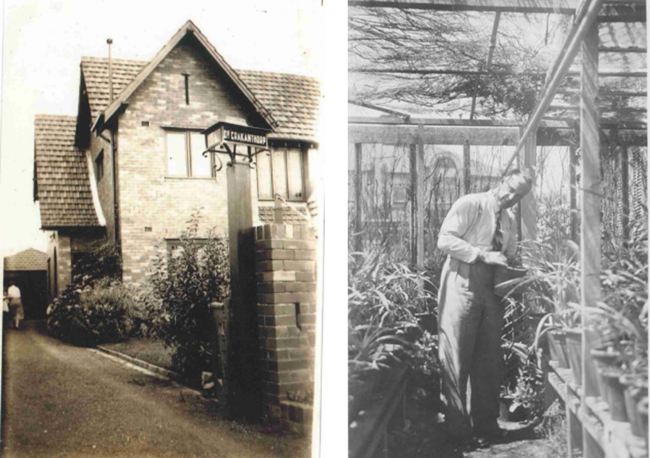
Images: 14 MacMahon Street and Dr Crakanthorp in his greenhouse, courtesy of the Crakanthorp family.
In 1962, 14 MacMahon Street became the new club house and recreational centre for the St George Rugby Club. Dr Crakanthorp was a sportsman himself and was actively involved with the Club as a Vice President on its committee. After a few years of refurbishment and adding an extension to the rear of the building, the club house was ready for the season in 1966.
St George Rugby players, families and friends, the opposing teams and referees would meet after Saturday home games at the clubhouse for speeches, sing-a-longs and a good time.
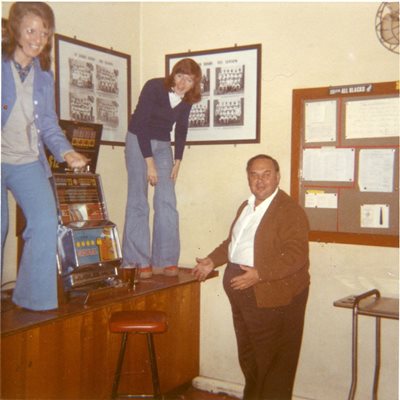
Image: St George rugby club in 1970s, courtesy of Craig Fear.
In 1983, 14 MacMahon Street was transformed into MacMahon’s Manor – a fine dining and theatre restaurant – after being sold by the St George Rugby Union Club to John and Annette Ibbitson. MacMahon’s Manor became a very popular venue playing host to theatre productions, numerous weddings and various special events.
The theatre restaurant put on a new show every three months, with at least a dozen changes of costumes for an audience of approximately 150 people, 6 nights a week. The shows became so popular they were booked out 3 months in advance, and every show had a corresponding themed menu and signature cocktail.
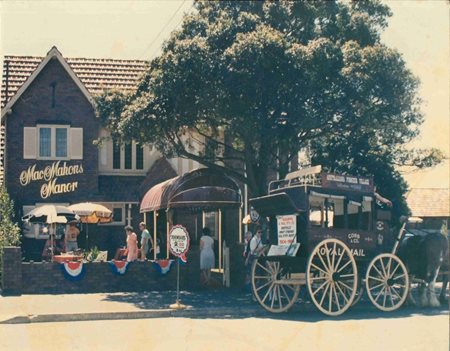
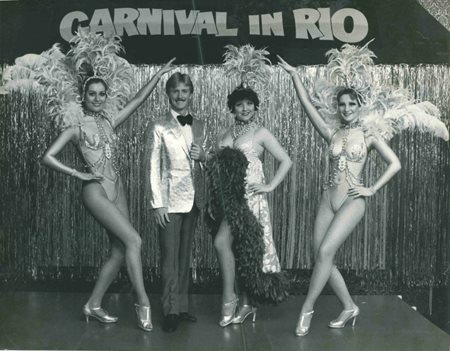
Images: MacMahon’s Manor bicentenary celebrations, courtesy of John Ibbitson and Promotional photo for the grand opening of MacMahon’s Manor with their inaugural show ‘Carnival in Rio’, courtesy of John Ibbitson.
Prior to becoming Hurstville Museum & Gallery in 2004, 14 MacMahon Street was home to a number of restaurants after MacMahon’s Manor, including MacMahon Street Galleries & Restaurant and Fanari Restaurant & Bar, just to name a few.
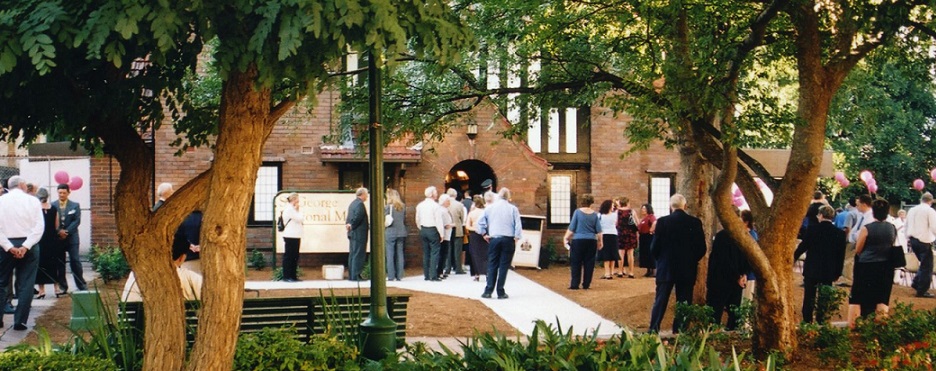
Image: St George Regional Museum opening ceremony, February 2004. Georges River Council Local Studies collection.
In 2003, Hurstville City Council was looking for a new home for the St George Regional Museum, previously called The Centennial Bakery Museum. The museum, which included a large bakery item collection and historical artefacts from the Hurstville Historical Society, had outgrown the Centennial Bakery building on the corner of Forest Road and Bridge Street. 14 MacMahon Street became available after the Fanari Restaurant & Bar had closed and it seemed to be the perfect place for the museum.
The museum was officially opened on Friday 6 February 2004 and is now known as Hurstville Museum & Gallery.
Thank you for your feedback.